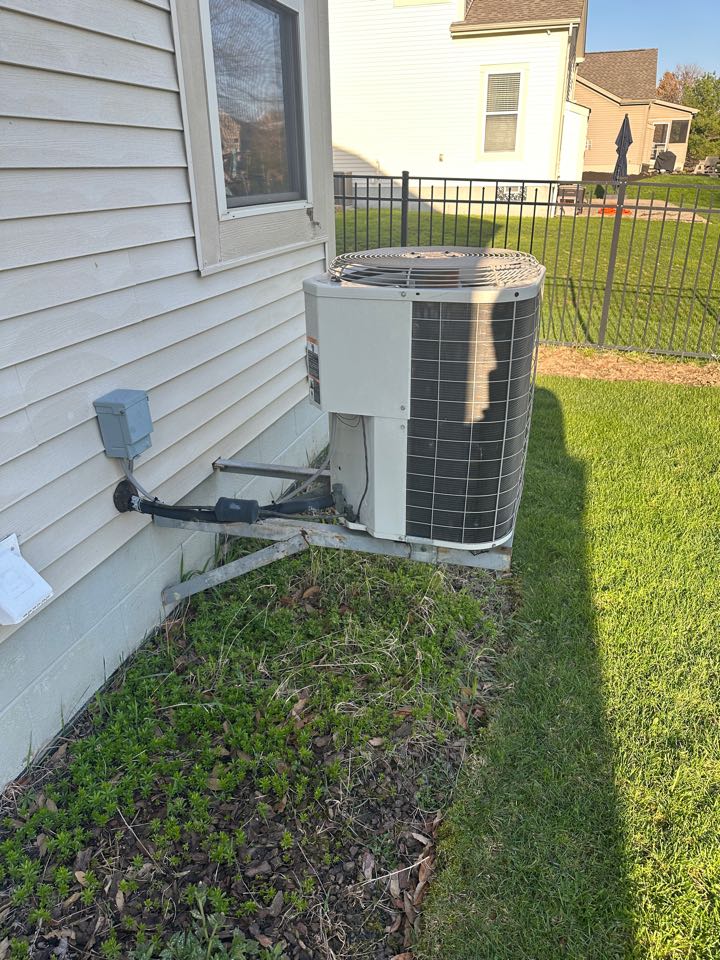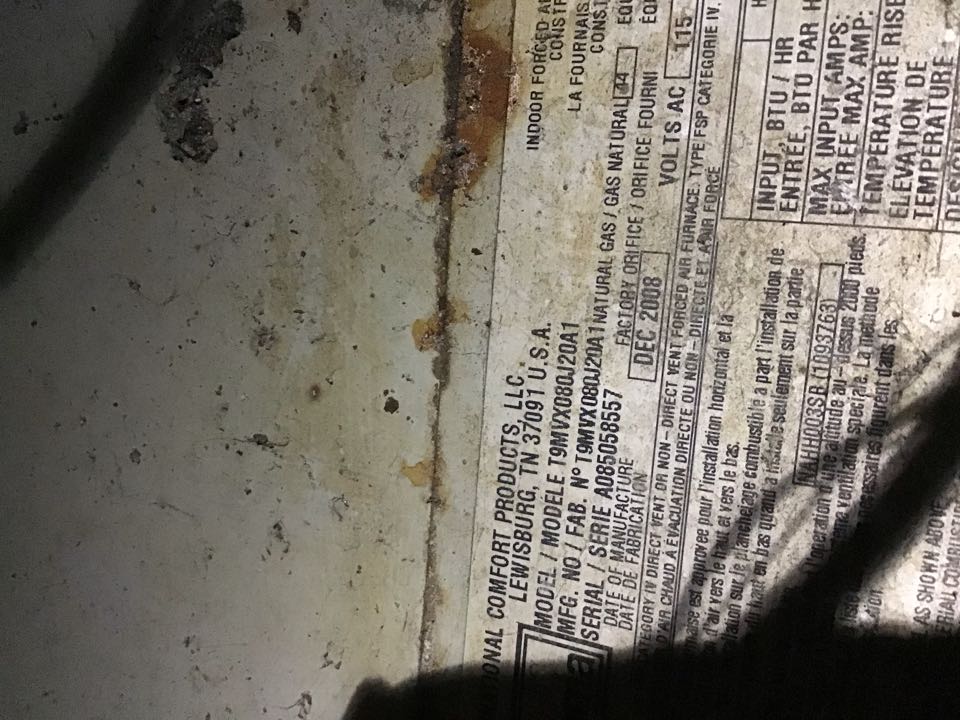
What Is a Thermocouple and How Does It Work?
What Is a Thermocouple?
Prior to 1993, all gas furnaces were made with a standing pilot light.
If you have a furnace that was installed after 1993, it comes equipped with an electronic ignition, so no pilot light is needed.
A thermocouple in essence is just a small safety device that detects whether or not your furnace’s pilot light is on.
It is a small metal rod made of two different metals that is located near the pilot light and hooked into the gas valve.
It works by utilizing the “Seebeck effect”, named after Johnann Seebeck, who found that two different types of metals in close proximity to each other will create an electric charge in relation to the overall heat that they sense.
When the pilot light is on, the thermocouple can sense the heat from the flame and it in turn sends the proper voltage to the gas valve to keep it open and ready to ignite the burners.
If your pilot light goes out, it will lose it’s voltage and your gas valve will close to prevent gas from leaking into your home, or even worse flooding the combustion chamber and catching a spark that can cause an explosion.
Common Thermocouple Problems
One of the most common problems with a thermocouple is it becoming dirty and in turn giving off improper readings and closing off the gas supply to your furnace.
During routine furnace maintenance, a certified HVAC tech will check, clean or even replace your thermocouple if it is needed.
A thermocouple failure is a common furnace repair, so it is best to make sure you have it maintained on a regular basis by a professional HVAC company.

















